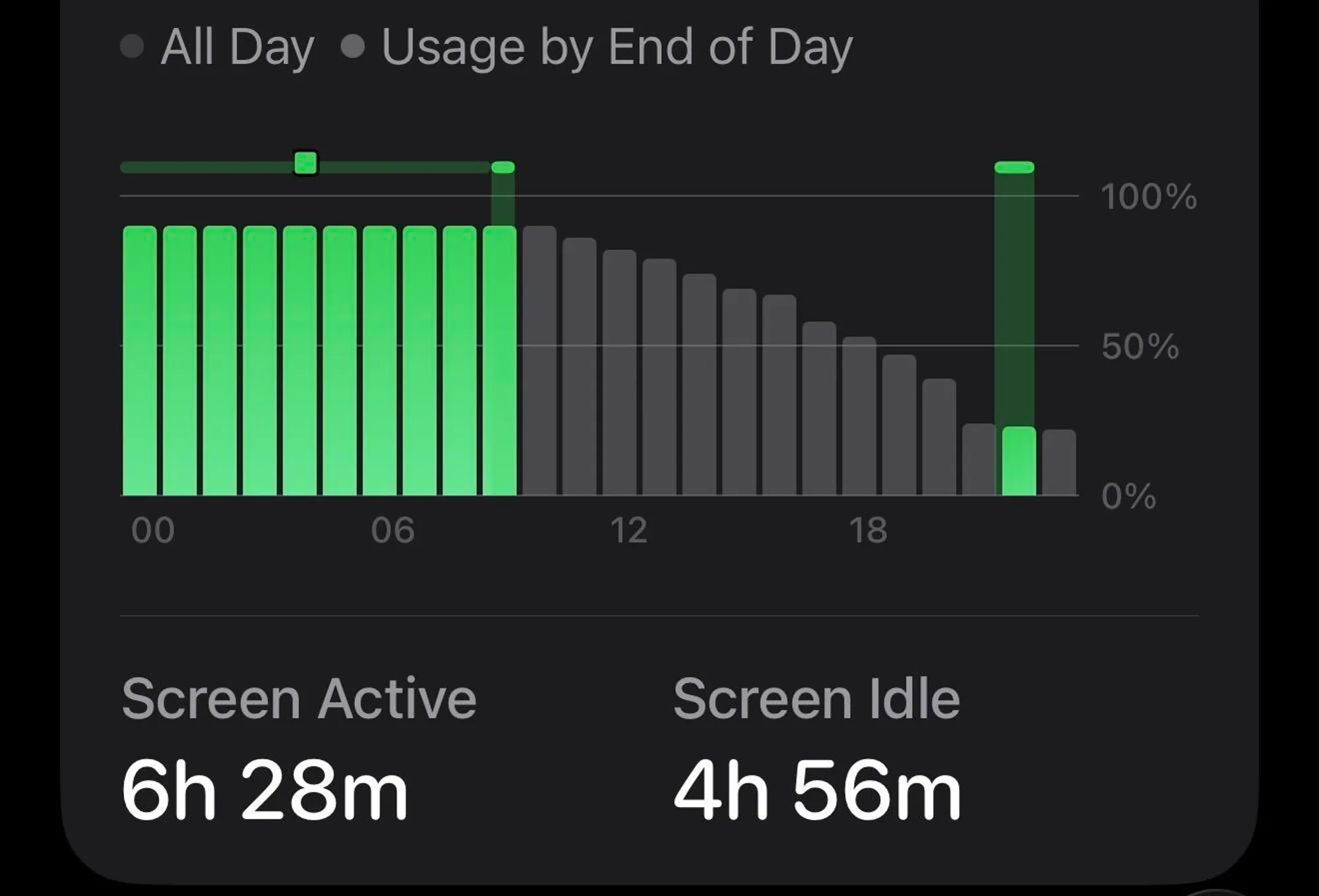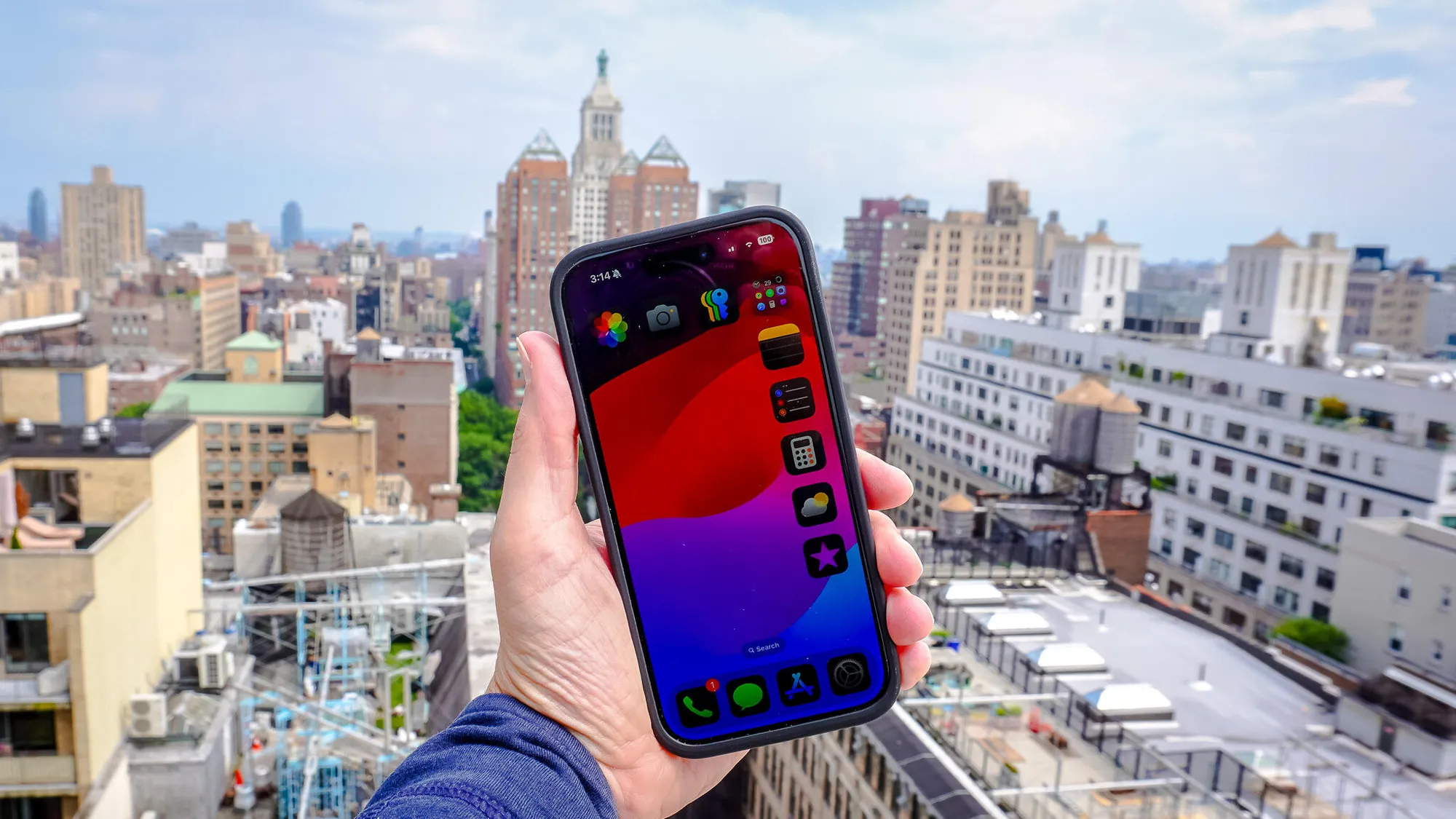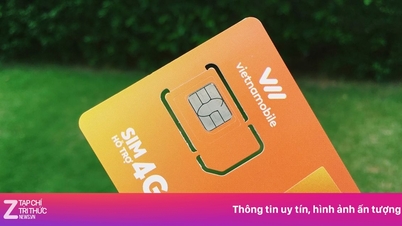 |
Adrian Hughes had to use an additional Magsafe charger for his iPhone 15 Pro Max after a year of use. Photo: Adrian Hughes . |
Discussions about how to optimize iPhone battery health have always been a hot topic. To address this issue, Apple has proposed a clear solution with a charge limit feature that will never fully charge the battery, but only stop at 80% or 90%, saying that reducing the charging capacity will prolong the battery's lifespan.
"On iPhone 15 and later, you can set a maximum battery capacity level — like 80% — to reduce battery wear, especially if you charge your iPhone frequently or keep it connected for long periods of time," Apple's charging cap feature page reads.
But is it really worth it to sacrifice 20% of your battery life for everyday use? Two seasoned tech editors, Adrian Hughes of ZDNet and Juli Clover of MacRumors , conducted tests to find out.
The trial lasted nearly two years.
Adrian Hughes began testing on an iPhone 15 Pro Max in March 2024 and immediately applied the 80% limit, initially admitting that it was a “minor inconvenience” as it cut down on daily battery life.
However, over time, the editor noticed that the battery’s health did not change much after long-term use. After more than a year, with about 355 charge cycles, Hughes’s maximum battery capacity had dropped to 91%. He noted that the times when he had to charge to 100% brought a sense of relief, emphasizing the difficulty of maintaining the 80% limit on daily use.
 |
Hughes felt "liberated" when switching to the iPhone 17 Pro Max with about 7 hours of on-screen time, comfortable for him to use all day. Photo: Adrian Hughes. |
The situation continued to deteriorate rapidly. By month 17, after 501 charge cycles, the battery capacity had dropped to 89%. Hughes described the experience of using the iPhone daily as “horrifying,” forcing him to rely entirely on a power bank by mid-afternoon.
For comparison, Apple says the battery on the iPhone 15 is capable of retaining 80% of its original capacity after 1,000 charge cycles under ideal conditions.
Hughes' conclusion was clear: The sacrifice wasn't worth it, as the effort to preserve the battery inadvertently shortened the effective lifespan of the high-end phone.
Juli Clover repeated the process with the iPhone 16 Pro Max, having already learned from testing the previous 15 Pro Max model. She even made an effort to keep the charge level strictly between 20% and 80%, meaning she rarely let the device go below 20%.
After a year of using the 16 Pro Max, Clover recorded 299 charge cycles, and the maximum battery capacity reached 94%. Notably, this result is completely identical to the test results last year on the 15 Pro Max.
The most important data, however, comes from a direct comparison with a colleague using the same iPhone 16 Pro Max model without the 80% limit applied. His iPhone still reached 96% battery capacity after 308 equivalent charge cycles.
This finding suggests that over the course of a year, the 80% charge limit offers little benefit over a typical 100% battery charge.
Clover also highlighted the inconvenience of charging at 80%, especially when using power-hungry features like the camera or GPS while away from home. She concluded that the two-year data suggests the 80% limit is “not worth it.” She suggested that the average user should charge to 90% or 95% to both enjoy comfortable use and preserve battery life.
Not worth the trade-off
The data from both Hughes and Clover’s tests point to the same conclusion. The 80% charge limit, while theoretically correct, severely degrades the day-to-day iPhone experience. It also doesn’t preserve battery life as Apple claims.
 |
Clover's test was also disappointing as her iPhone's battery drained faster than her colleague's who charged it to 100% every day. Photo: Jason Hiner/ZDNet. |
With doubts about the effectiveness of battery charging limits, experts recommend that users focus on a more proven and optimized battery protection strategy: Temperature control. Scientific evidence shows that measures to avoid overheating devices bring much greater benefits than sacrificing 20% of battery capacity for daily use.
To preserve battery life most effectively, users need to prioritize habits such as: Using genuine chargers, limiting phone use while charging, reducing screen brightness or turning off unnecessary connections when the device is operating in hot weather.
Overall, avoiding excessive heat is the only advice that experts have confirmed can actually prolong the life of your iPhone battery.
Source: https://znews.vn/dung-sac-pin-iphone-theo-cach-nay-post1591796.html


![[Photo] General Secretary To Lam visits Kieng Sang Kindergarten and the classroom named after Uncle Ho](https://vphoto.vietnam.vn/thumb/1200x675/vietnam/resource/IMAGE/2025/10/09/1760023999336_vna-potal-tong-bi-thu-to-lam-tham-truong-mau-giao-kieng-sang-va-lop-hoc-mang-ten-bac-ho-8328675-277-jpg.webp)


![[Photo] President Luong Cuong attends the 80th Anniversary of the Traditional Day of Vietnamese Lawyers](https://vphoto.vietnam.vn/thumb/1200x675/vietnam/resource/IMAGE/2025/10/09/1760026998213_ndo_br_1-jpg.webp)

![[Photo] Prime Minister Pham Minh Chinh chairs a meeting of the Government Standing Committee on overcoming the consequences of natural disasters after storm No. 11](https://vphoto.vietnam.vn/thumb/1200x675/vietnam/resource/IMAGE/2025/10/09/1759997894015_dsc-0591-jpg.webp)























































































Comment (0)